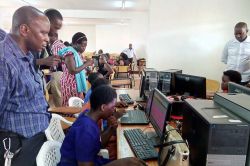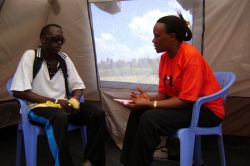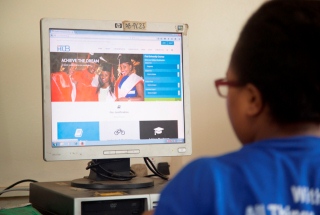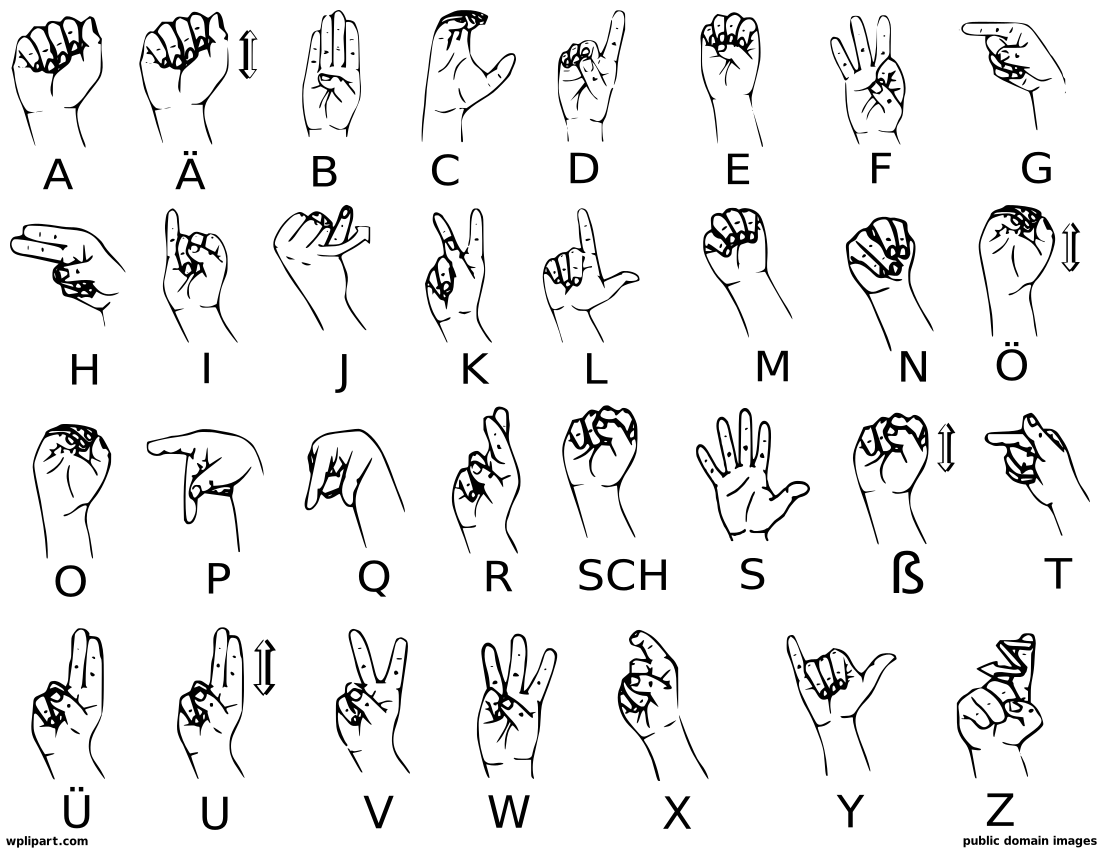Breaking News
- Flexible Remote Work Opportunity for University Students: Earn $100–$250 Per Month ...Read More
- Ministry of Education and Sports Azerbaijan Government Scholarships For 2025-2026 Academic Year ...Read More
- Government Sponsorship Undergraduate Admission Lists 2025-26 for Makerere University ...Read More
- Ministry of Education And Sports: Egyptian Government Scholarships 2025-2026 Academic Year ...Read More
- Ground Breaker Full Scholarship for girls to study Software Engineering 2025 July Intake ...Read More
- Tony Elumelu Foundation Entrepreneurship Programme (TEEP) 2025 for young African Entrepreneurs ...Read More
- DESIGNING FUTURES 2050 International Design Competition 2025 (€15,000 prize) ...Read More
- Ground Breaker Full time Scholarship for girls to study Software Engineering 2025 Intake ...Read More
- Ministry of Education And Sports Algerian Vocational Training Scholarships for 2024-2025 AY ...Read More
- Ministry of Education and Sports Advert for the Algerian Government Scholarships for 2024-2025 ...Read More
Interpreter and Translator
Interpret oral or sign language, or translate written text from one language into another.
Add to FavouritesDaily Tasks
1. Follow ethical codes that protect the confidentiality of information.
2. Translate messages simultaneously or consecutively into specified languages, orally or by using hand signs, maintaining message content, context, and style as much as possible.
3. Listen to speakers' statements to determine meanings and to prepare translations, using electronic listening systems as necessary.
4. Compile terminology and information to be used in translations, including technical terms such as those for legal or medical material.
5. Read written materials, such as legal documents, scientific works, or news reports, and rewrite material into specified languages.
6. Identify and resolve conflicts related to the meanings of words, concepts, practices, or behaviors.
7. Check translations of technical terms and terminology to ensure that they are accurate and remain consistent throughout translation revisions.
8. Compile information on content and context of information to be translated and on intended audience. Proofread, edit, and revise translated materials.
9. Check original texts or confer with authors to ensure that translations retain the content, meaning, and feeling of the original material.
10. Discuss translation requirements with clients and determine any fees to be charged for services provided.
11. Adapt translations to students' cognitive and grade levels, collaborating with educational team members as necessary.
12. Adapt software and accompanying technical documents to another language and culture.
Key Knowledge Areas
English Language — Knowledge of the structure and content of the English language including the meaning and spelling of words, rules of composition, and grammar.
Foreign Language — Knowledge of the structure and content of a foreign (non-English) language including the meaning and spelling of words, rules of composition and grammar, and pronunciation.
Customer and Personal Service — Knowledge of principles and processes for providing customer and personal services. This includes customer needs assessment, meeting quality standards for services, and evaluation of customer satisfaction.
Communications and Media — Knowledge of media production, communication, and dissemination techniques and methods. This includes alternative ways to inform and entertain via written, oral, and visual media.
Law and Government — Knowledge of laws, legal codes, court procedures, precedents, government regulations, executive orders, agency rules, and the democratic political process.
Education and Training — Knowledge of principles and methods for curriculum and training design, teaching and instruction for individuals and groups, and the measurement of training effects.
Clerical — Knowledge of administrative and clerical procedures and systems such as word processing, managing files and records, stenography and transcription, designing forms, and other office procedures and terminology.
Sociology and Anthropology — Knowledge of group behavior and dynamics, societal trends and influences, human migrations, ethnicity, cultures and their history and origins.
Key Skills
Active Listening — Giving full attention to what other people are saying, taking time to understand the points being made, asking questions as appropriate, and not interrupting at inappropriate times.
Speaking — Talking to others to convey information effectively.
Reading Comprehension — Understanding written sentences and paragraphs in work related documents.
Writing — Communicating effectively in writing as appropriate for the needs of the audience.
Critical Thinking — Using logic and reasoning to identify the strengths and weaknesses of alternative solutions, conclusions or approaches to problems.
Monitoring — Monitoring/Assessing performance of yourself, other individuals, or organizations to make improvements or take corrective action.
Active Learning — Understanding the implications of new information for both current and future problem-solving and decision-making.
Coordination — Adjusting actions in relation to others' actions.
Instructing — Teaching others how to do something.
Judgment and Decision Making — Considering the relative costs and benefits of potential actions to choose the most appropriate one.
Learning Strategies — Selecting and using training/instructional methods and procedures appropriate for the situation when learning or teaching new things.
Service Orientation — Actively looking for ways to help people.
Social Perceptiveness — Being aware of others' reactions and understanding why they react as they do.
Complex Problem Solving — Identifying complex problems and reviewing related information to develop and evaluate options and implement solutions.
Time Management — Managing one's own time and the time of others.





























































































